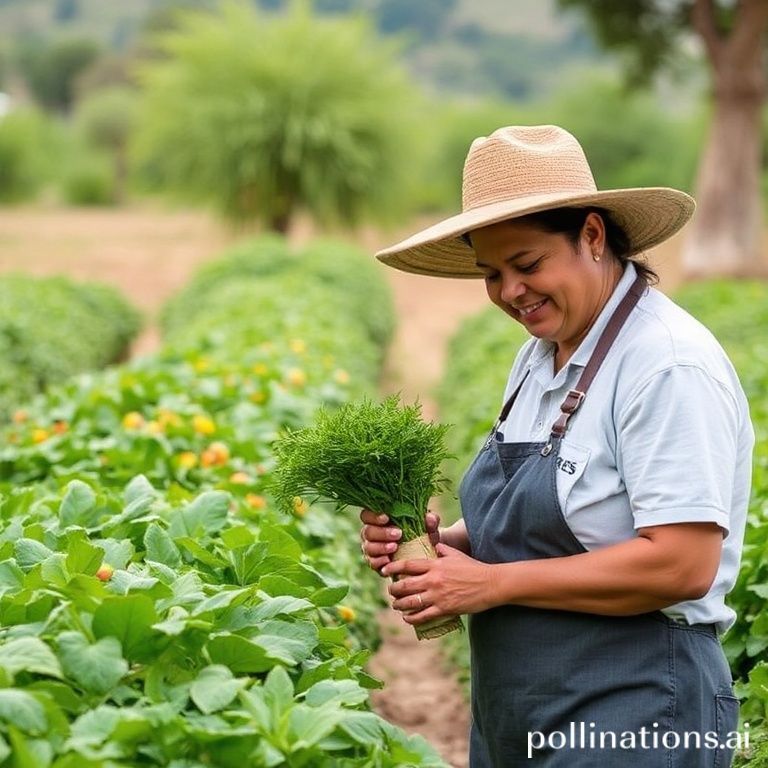Mexico, a land of vibrant culture and rich culinary traditions, is increasingly embracing sustainable agriculture and the farm-to-table movement. This shift not only promises fresher, healthier food but also supports local farmers and protects the environment for future generations. From bustling city markets to tranquil rural communities, the principles of sustainability are taking root, transforming the way Mexicans grow, distribute, and consume their food.
This movement is more than just a trend; it’s a return to traditional practices combined with modern innovation. Farmers are rediscovering ancient techniques like crop rotation and natural pest control, while consumers are becoming more conscious of where their food comes from and the impact of their choices. Let’s delve into the heart of this agricultural revolution and explore how Mexico is cultivating a more sustainable and delicious future.
The Rise of Sustainable Agriculture in Mexico
Sustainable agriculture in Mexico focuses on minimizing environmental impact while maximizing productivity and supporting local communities. This involves a range of practices, from reducing the use of chemical fertilizers and pesticides to conserving water and soil resources. Many Mexican farmers are adopting organic farming methods, which prioritize natural inputs and biodiversity.
Key Practices in Sustainable Mexican Farms
- Crop Rotation: Alternating crops to improve soil health and reduce pest infestations.
- Composting: Using organic waste to create nutrient-rich soil amendments.
- Water Conservation: Implementing efficient irrigation techniques and rainwater harvesting.
- Natural Pest Control: Utilizing beneficial insects and plants to manage pests instead of synthetic chemicals.
These practices are not only beneficial for the environment but also enhance the quality and flavor of the produce. Consumers are increasingly seeking out sustainably grown food, driving demand for these methods and supporting farmers who are committed to environmental stewardship.
Farm-to-Table: Connecting Producers and Consumers
The farm-to-table movement emphasizes direct connections between farmers and consumers, cutting out intermediaries and ensuring that food is as fresh as possible. In Mexico, this often takes the form of farmers’ markets, community-supported agriculture (CSA) programs, and direct sales from farms to restaurants.
Benefits of Farm-to-Table
- Fresher, Healthier Food: Reducing the time between harvest and consumption preserves nutrients and enhances flavor.
- Supporting Local Farmers: Direct sales provide farmers with a fair price for their products, helping them to thrive.
- Reducing Environmental Impact: Shorter transportation distances mean lower carbon emissions and less reliance on fossil fuels.
- Strengthening Communities: Farm-to-table initiatives foster connections between farmers, consumers, and local businesses.
Many restaurants in Mexico are embracing the farm-to-table philosophy, sourcing ingredients from local farms and showcasing regional specialties. This not only provides diners with a unique culinary experience but also supports the local economy and promotes sustainable agriculture.
Challenges and Opportunities
While the sustainable agriculture and farm-to-table movement is gaining momentum in Mexico, there are still challenges to overcome. These include limited access to resources for small-scale farmers, lack of infrastructure for distribution, and consumer awareness. However, there are also significant opportunities for growth and innovation.
Overcoming the Hurdles
- Government Support: Policies and programs that support sustainable agriculture and local food systems can help to level the playing field for small-scale farmers.
- Infrastructure Development: Investing in transportation and storage facilities can improve the distribution of locally grown food.
- Consumer Education: Raising awareness about the benefits of sustainable agriculture and farm-to-table can drive demand and support local farmers.
- Technological Innovation: Implementing new technologies, such as precision agriculture and digital marketplaces, can improve efficiency and connect farmers with consumers.
Examples of Success in Mexico
Across Mexico, numerous initiatives are demonstrating the power of sustainable agriculture and farm-to-table. In Oaxaca, indigenous communities are preserving traditional farming practices and marketing their products directly to consumers. In Baja California, wineries are adopting sustainable viticulture methods and offering farm-to-table dining experiences. In Mexico City, farmers’ markets are thriving, providing urban residents with access to fresh, locally grown food.
These examples highlight the diversity and creativity of the sustainable agriculture and farm-to-table movement in Mexico. By embracing these practices, farmers, consumers, and communities are working together to create a more resilient, equitable, and delicious food system.
Conclusion
Sustainable agriculture and the farm-to-table movement are transforming Mexico’s food landscape, offering a path towards a more sustainable, equitable, and delicious future. By prioritizing environmental stewardship, supporting local farmers, and fostering connections between producers and consumers, Mexico is cultivating a food system that nourishes both people and the planet. As more individuals and communities embrace these principles, the benefits will continue to ripple outwards, creating a more vibrant and resilient society.
If you enjoyed this article, don’t forget to explore more inspiring stories on Life in Mexico!
IMAGE: A vibrant outdoor farmers market in Oaxaca, Mexico. Stalls overflow with colorful produce like tomatoes, peppers, avocados, and corn. Indigenous women in traditional clothing sell their goods with friendly smiles. The scene is bathed in warm, natural sunlight, creating a lively and inviting atmosphere. In the background, the colonial architecture of Oaxaca adds to the charm. The overall mood is one of abundance, community, and cultural richness. Style: documentary photography.


